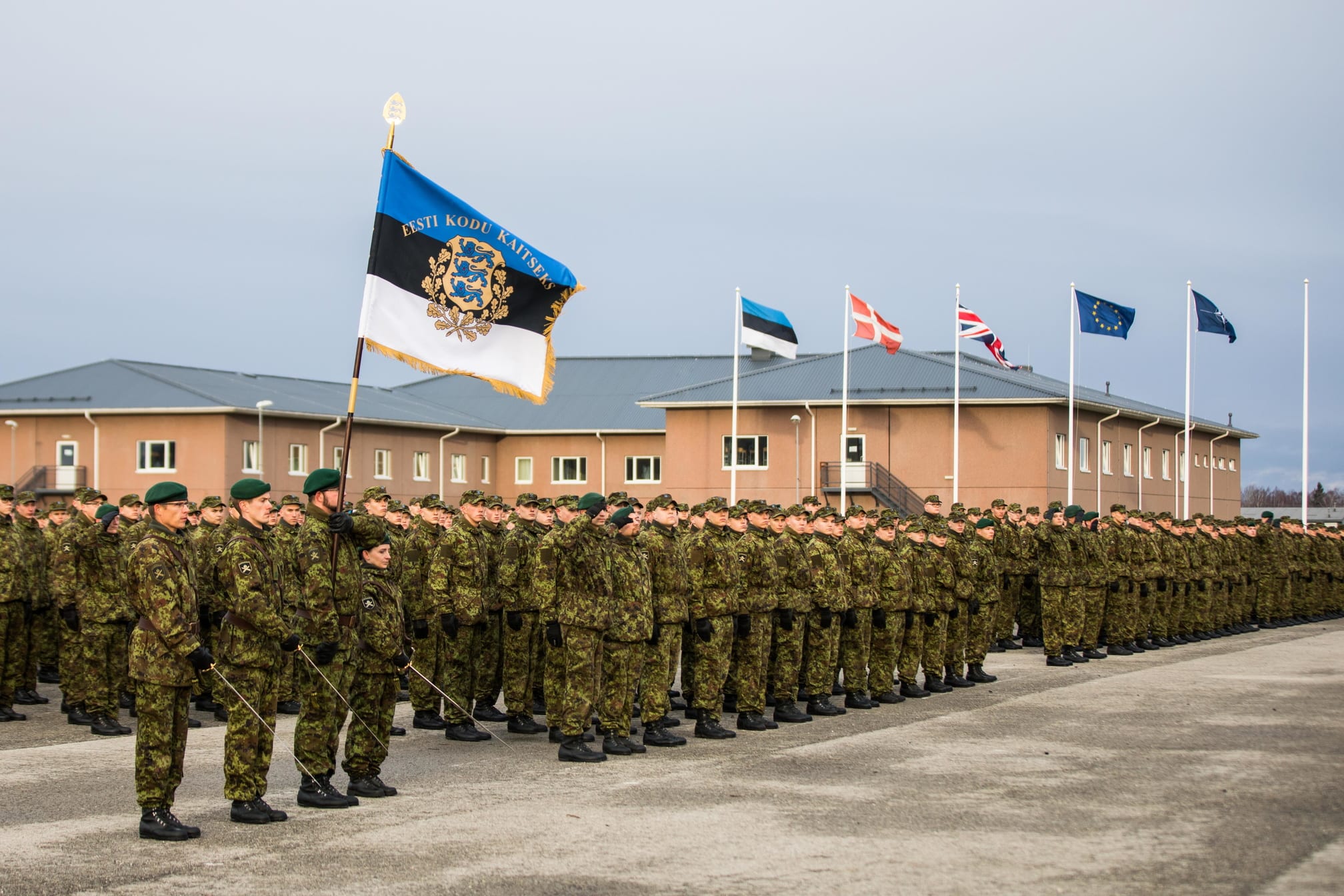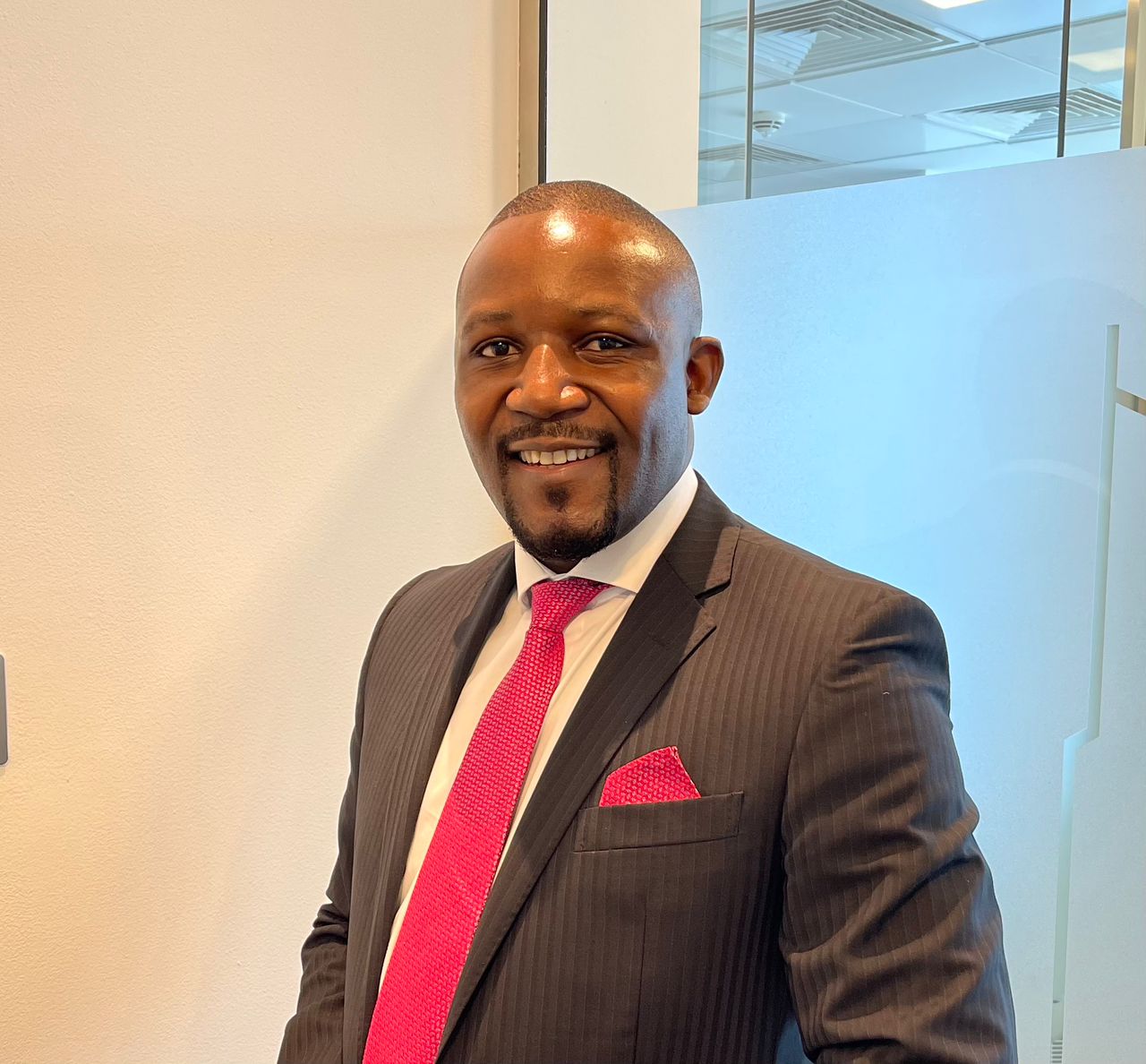As late in the 19th century French philosopher Ernest Renan mentioned, nation means a “daily plebiscite”. Nation is not a piece of eternal granite, as well as its parts are not made of stone. According to E. Renan’s formula, literally every day any person identifies itself with one or another national group or alienates from it (by reacting to news, making choice during daily routine, associating itself with other members of nation or vise versa). And the fact that national identity is flexible or even fluid, but not static, gives different opportunities – both for those who are interested in keeping the national body and for those who attempt to subvert it and divide into the parts.
After former Estonian Soviet Socialistic Republic has got its independence in 1990, during the process of state formation the existence of considerable Russian irredenta has become a problem. It is about Ida-Viru County, a Russian-speaking region on the North-East of Estonia that borders with Russia. Narva is situated just on the border, the population consists of Estonians, less than 3%, and more than 83% of the citizens belong to different ethnic groups; however, they consider themselves as Russians. After Narva was totally destroyed during the WWII, Moscow forbade Estonians to come back to ruins. Citizens of other Soviet republics were brought to the city in order to restore it – most of them, as the Kremlin accounted for, remained in there (it is interesting that Narva is a twin town of Ukrainian Donetsk).
After 1990 Russian Federation intentionally has been investing funds in Russian-speaking community of Narva to provoke secession. A non-commercial organization the Estonian Republican Union of Russian Citizens (ERSGR) provides necessary documents (visas, passports, certificates), payments, provides Estonian Russian-speaking parents of newborns with Russian certificates for maternity payments and so on. In 1993 this non-commercial organization initiated a referendum on the national and territorial independence of Narva. And even though 55% of people were in attendance of the event, 97% of which voted in favour, the Supreme Court of Estonia recognized the results invalid. Today by hook or by crook Russia intends to provide as much citizens of Narva as possible with Russian passport.
The rate of influence of the Russian TV-channels on the citizens of Ida-Viru County is also tremendous. Here the broadcast is provided freely, as a result Kremlin propaganda successfully wins more new hearts. The citizenship (especially older generation) is still fully convinced of the rightness of Soviet maxima: of the credibility of Russian TV broadcasting. The fact is that Russian propaganda is incredibly effective. Unlike many of those who are in power in the West, long time ago Russian politicians have figured out that a battle should be fought for people’s minds.
The viewers of Russian TV-channels do not grasp at all the dependence of Russian economy on the export of energy resources, the total corruption, a slave of ordinary citizen to the government officials, who think of themselves as demigods. The viewers do not see the ruin, the absence of normal roads, unemployment, deplorable situation in educational and healthcare systems.
However, it is important to remember that specifically response to mistake characterizes state system, not a mistake by itself. Response of Tallinn turned to be substantially right! As the representatives of Estonian authorities admit today, the occupation of Crimea by Russia in 2014 in some way has sounded alarm that the problem of integration of Russian-speaking citizenship in Ida-Viru County should attract attention immediately.
It should be admitted that after 1990 and during twenty years Estonians treated Russian-speaking citizens as people of second rate because they did not know Estonian and because of their low cultural level. That led to social-economic marginalization and cultural-media isolation of the Russians. For a long years authorities hoped that the Russian-speaking citizens will learn the national language by their own, but they just watched Russian TV-channels and went with the flow quietly.
After the annexation of Crimea Tallinn has called native citizens to stop segregation and assist non-Estonians with their integration in Estonian community as quickly as possible. Estonian government has begun to invest funds in cultural-integration projects, accenting on primarily Narva. In 1998, the government has established the Integration Foundation for non-Estonians, that nowadays has two main offices ‒ in Tallinn and Narva. Today more than 50% of its budged is invested in organization of affordable studying of Estonian language: in-depth study courses, Estonian speaking and culture clubs, language cafes, learning with native speaker and digital learning. And in 2020, Estonian language houses were opened in Tallinn and Narva. In 1999, the Narva College of the University of Tartu was opened – the first higher-educational institution in the city for the Russian-speaking youth. And – that’s a miracle! – after 2014 funds for building new dormitory for students and sports complex with pool were allocated. The Estonian Academy of Arts has opened its doors in Narva. A new Theatre Centre was built where the performances are given in Russian or with Russian simultaneous translation. There was also taken a decision to open a department of Estonian Academy of Inner Affairs in Narva. And finally, in 2015, Tallinn officially decided to establish state-owned Estonian Russian-speaking TV-channel, to partially neutralize Russian propaganda.
In 2016, the President of Estonia Kersti Kaljulaid has organized her own residence in Narva and since then deliberately visites the city from time to time. Several weeks pro year she works in small office in Narva Theatre Centre, walks the streets by foot to talk with citizens and demonstrate everyone (and first of all Russian politicians) that Narva and Ida-Viru County is Estonia!
Perhaps Estonian government (or the city council of Narva) should have to reconsider the relationship to Russian and Russia-affiliated mass media as a powerful informational weapon of hybrid war. It is possible temporally to impede the broadcast of such media on the territory of Estonia. Let us say, that Georgians or Ukrainians would completely understand the reasons of such measure. But the Council of Europe’s Commissioner for Human Rights Dunja Mijatovic unlikely would do. Unfortunately, still not all the representatives of the EU establishments in Brussels, Strasbourg and Luxemburg and not all politicians in European national capitals have taken account of threats that Russian hybrid informational special operations pose.
Today Estonia protects its regions populated by Russian-speaking citizenship and, moreover, demands 5% of the territory annexed by Russia to be returned. According to Tartu Peace Treaty, signed in 1920 (which is still valid and is included in League of Nations Treaty Series), Ivangorod, lands around Narva and Pechory belong to Estonia. Nowadays they are small districts of Leningrad and Pskov federal districts of Russia. Some of Estonian politicians (including the President Kaljulaid) think that the return of these lands is unlikely to ever happen. Others keep raising the question hoping for success not in the nearest future but in long-term perspective.
Anyway, the correction of mistakes has been made, Estonia has made it impossible for Russia to destabilize the situation in Ida-Viru Country. Now it is very important that tragic lessons of Crimea occupation to be learned not only by Tallinn, but by all the capitals situated on the border with Russia.

Facebook Comments
